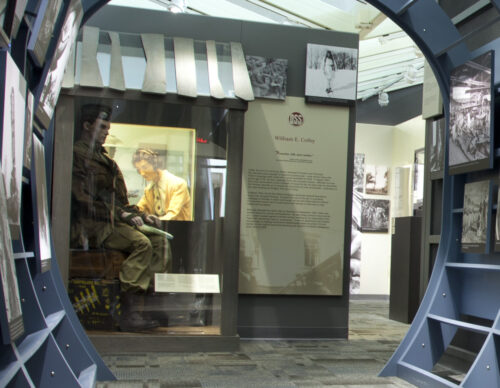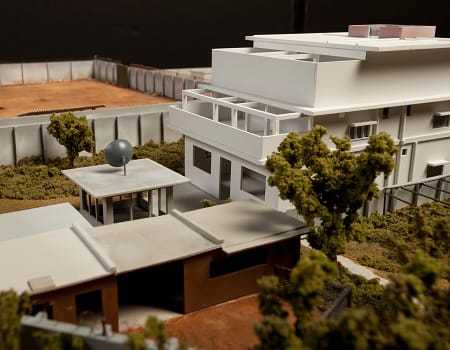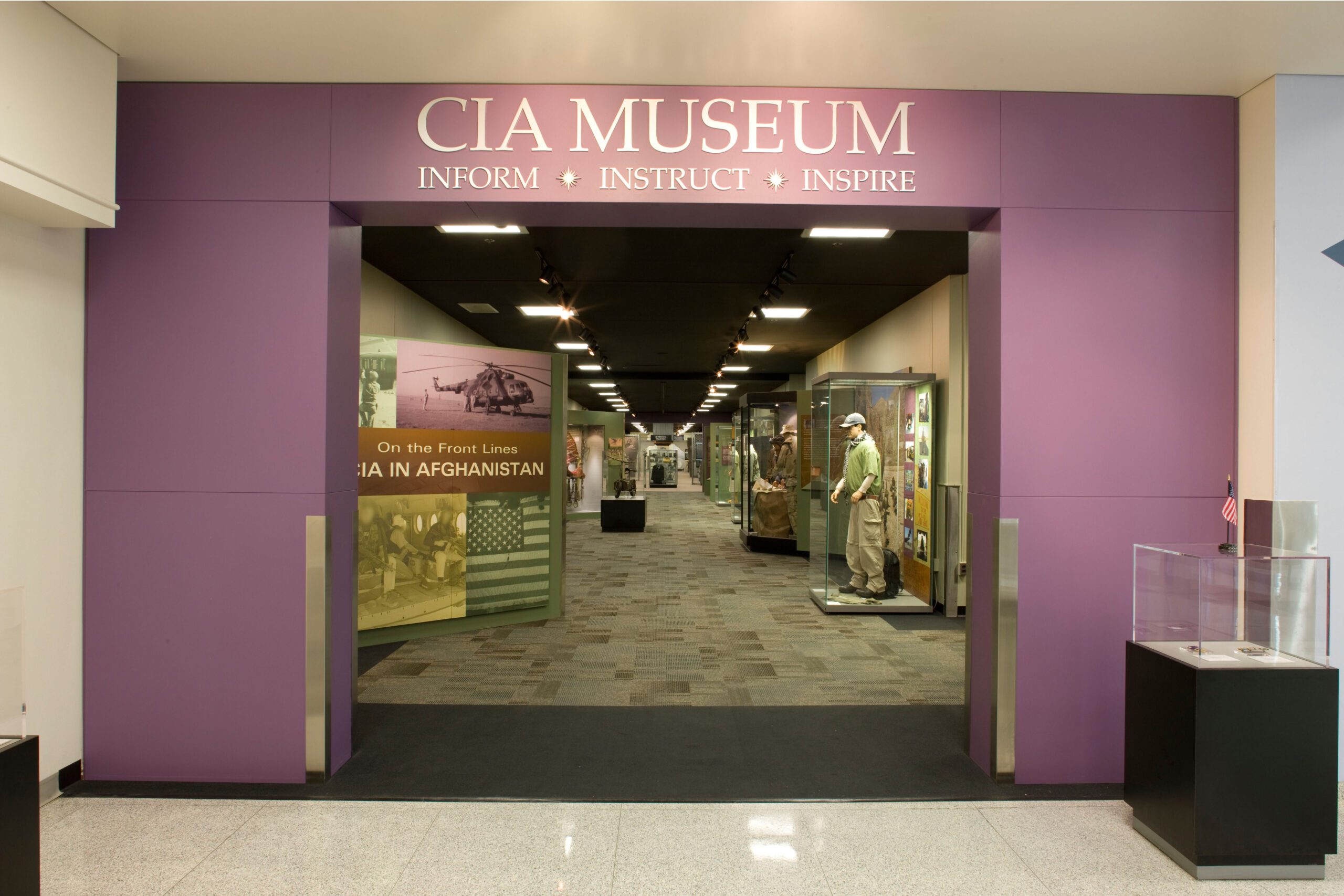The CIA Museum was established in 1988 to give employees a sense of the unique history of their profession. This collection focuses on the CIA’s World War II predecessor, the Office of Strategic Services, to the present-day CIA. Photo: Central Intelligence Agency.
The CIA Museum, administered by the Center for the Study of Intelligence, is a national archive for the collection, preservation, documentation, and exhibition of intelligence artifacts, culture, and history. The museum is located within the compound of the George Bush Center for Intelligence in Langley, Virginia. However, due to its location at CIA Headquarters, it is not open to the public. It was established in 1988.
The idea for an Agency museum filled with artifacts of historical significance was first conceived in 1972 by former CIA Director, William E. Colby. Colby served as the Director of Central Intelligence (DCI) from September 1973 to January 1976. During World War II, Colby served with the Office of Strategic Services (OSS). After the war, he joined the newly created CIA. Before and during the Vietnam War, Colby served as chief of station in Saigon, chief of the CIA’s Far East Division, and head of the Civil Operations and Rural Development Support (CORDS) effort.
During World War II, Colby was part of the OSS’s elite Jedburgh teams, which were special operations paratroopers sent into Nazi-occupied France, Belgium, and the Netherlands. Their mission was to coordinate airdrops of arms and supplies, guide local partisans on hit-and-run attacks and sabotage, and assist the advancing Allied armies to defeat the Third Reich. One of the most famous Jedburghs, Colby, whose Jedburgh codename was “Berkshire,” led a Jed team into occupied France in August 1944. He was only 24 years old at the time.

Collection
The CIA Museum’s collection now includes spy gadgets, specialized weaponry, and espionage memorabilia that spans the CIA’s pre-WWII origins through today. Many of the artifacts were created for intelligence operations and cannot be found anywhere else.
The collection includes over 3,500 items, consisting of artifacts that have been declassified. These include clothing, equipment, weapons, memorabilia, and insignia designed, manufactured, or used by intelligence organizations historically and presently. The collection also includes unique items such as weapons, clothing, and equipment developed specifically through research and development, or manufactured by units or individuals to further the mission of intelligence operations.
The museum features a variety of exhibits that cover different aspects of the CIA’s history. Some of the featured exhibits include “The Final Chapter in the Hunt for Bin Ladin”, “The Berlin Tunnel”, and “Project AZORIAN”. Each exhibit provides a unique insight into the operations and missions undertaken by the CIA.
In 2022, in celebration of its 75th anniversary, the CIA unveiled a revamped and interactive CIA Museum. This modernized museum is committed to enlightening and motivating both our workforce and authorized visitors about the CIA’s history, mission, personnel, and its significant role in safeguarding national security.
Although the physical museum is not accessible to the public, the CIA Museum has opened its virtual doors to the public. Visitors can browse the one-of-a-kind collection, explore the exhibits, and learn declassified stories behind some of the CIA’s most daring missions.

Partnerships
Since the museum cannot be visited by the public, the CIA Museum has partnerships with Presidential Libraries and other major museums and institutions to develop public exhibitions dedicated to understanding the craft of intelligence and its role in the broader American experience.
The CIA Museum serves as a fascinating repository of the history and artifacts of American intelligence. It offers a unique perspective into the world of espionage and the vital role intelligence has played in shaping global events.
Resource
Central Intelligence Agency
CIA.gov
*The views and opinions expressed on this website are solely those of the original authors and contributors. These views and opinions do not necessarily represent those of Spotter Up Magazine, the administrative staff, and/or any/all contributors to this site.
